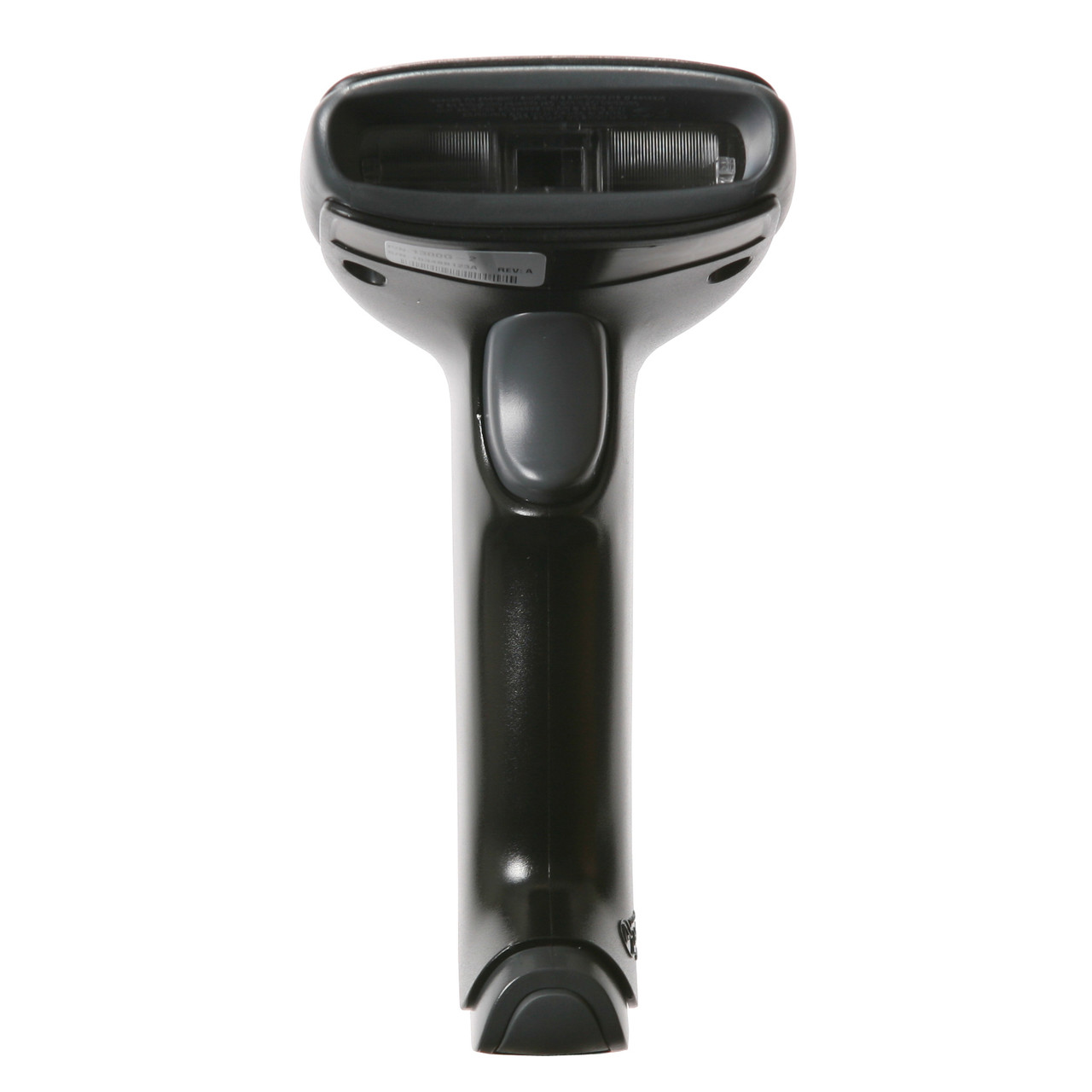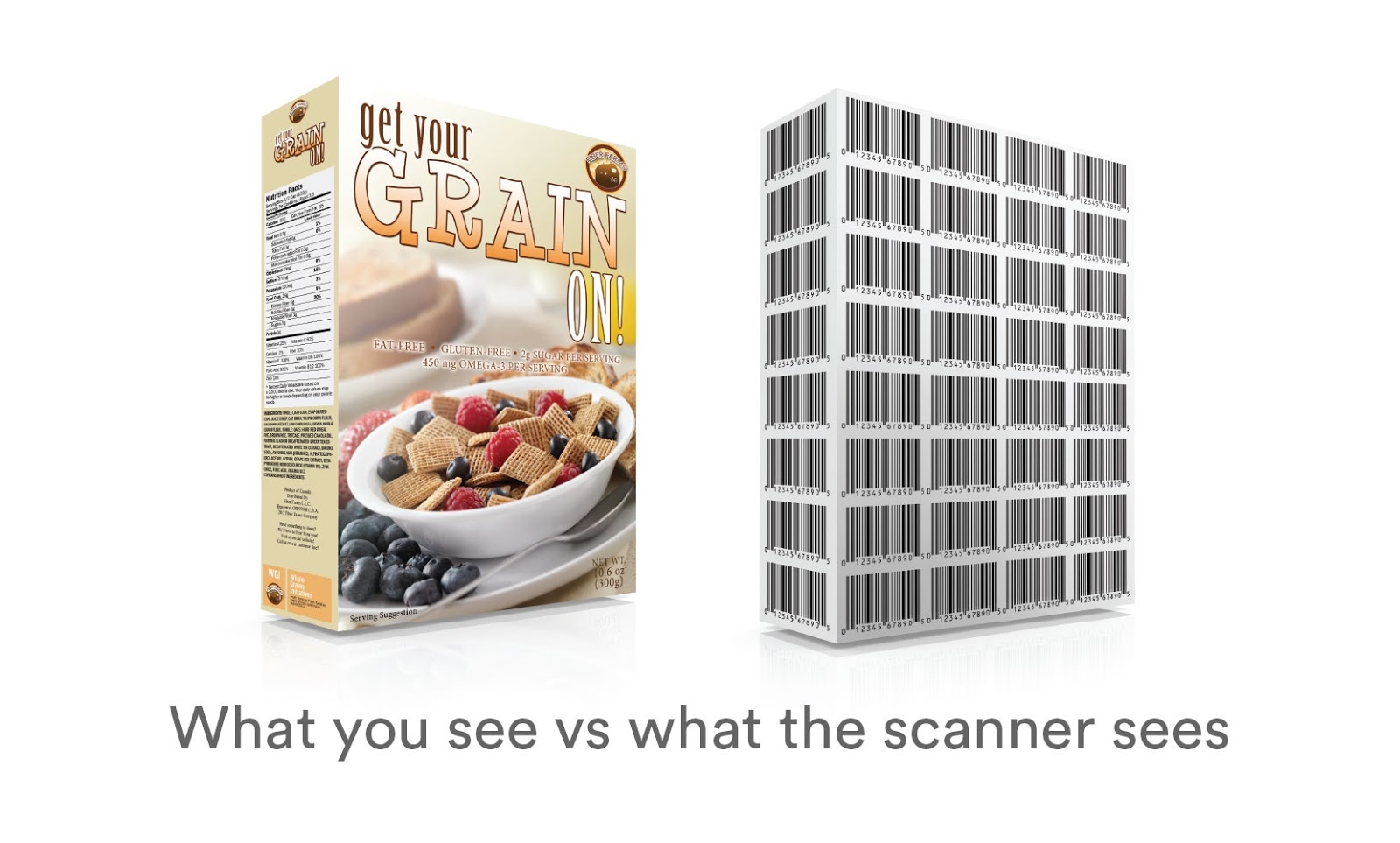Best Barcode Printers for Businesses of All Sizes: A Buying Guide
Choosing the right barcode printer is crucial for businesses of all sizes, as it directly impacts the overall workflow of a business. In this buying guide, we delve into the top barcode printers available from atlasRFIDstore, examining their features, benefits, and uses to help you make an informed decision. Whether you run a small retail store or manage a large warehouse, this guide covers various models suited for different business needs, from high-volume industrial printers to compact desktop models.
By exploring these options, you can find the best barcode printer that meets your specific requirements and budget, ensuring seamless and reliable label printing for your operations.
Understand Your Business Needs
The first step in selecting a barcode printer is understanding your specific business requirements. Consider the following:
- Volume: How many barcodes will you print daily, weekly, or monthly? A small business with minimal printing needs will require a different machine than a large-scale enterprise with high output. Mobile printers typically print up to 1,000 labels a day, while desktop printers can print an average of around 5,000 labels. industrial printers can print well over 10,000 labels per day, making them capable of the highest output available to most consumers.
- Label Size: Are you printing small product labels, shipping labels, or warehouse inventory tags? Different printers handle varying label sizes. Some of the most common labels sizes include: 1” x 2”, 4” x 1”, 4” x 2”, 4” x 6”.
- Environment: Will the printer be used in a clean office setting or a rugged warehouse environment? Does it need to stay stationary or does it need to be portable? This will determine whether you need a desktop, industrial, or mobile barcode printer.
Types of Barcode Printers
There are various types of barcode printers available, each catering to different business sizes and printing needs. Here's a breakdown of the main categories:
Desktop Barcode Printers
These printers are compact and ideal for small to medium-sized businesses that need to print a moderate number of labels (<5,000 labels per day). They’re perfect for retail, healthcare, or office settings with a lower output requirement.
Pros: Cost-effective, space-saving, easy to set up and maintain.
Cons: Not suited for high-volume printing.
Best For: Small businesses, retail, and office environments.
Examples: Zebra ZD421D, Honeywell PC45D, SATO CT4-LX Series, TSC Printronix T800
Industrial Barcode Printers
Built for high-volume printing and durability, industrial barcode printers are suitable for large enterprises or warehouse environments where heavy-duty use is required and large quantities of labels are printed (>5,000 per day).
Pros: High print speeds, durable design, large media capacity.
Cons: More expensive, larger footprint.
Best For: Large businesses, manufacturing, and warehouses.
Examples: TSC Printronix T6000e, SATO CL4NX Plus, Zebra ZT411, Honeywell PM45A Mid-Range
Mobile Barcode Printers
If your employees need to print barcodes on the go, mobile barcode printers are a great option. They are compact, battery-powered, and portable, making them suitable for delivery services, retail, and warehousing. Typically used for <1,000 labels per day.
Pros: Portability, convenience for on-the-go printing.
Cons: Limited label size and printing volume.
Best For: Retail, logistics, field service operations.
Examples: Zebra ZQ521, SATO PV4, TSC Alpha-40L, Honeywell RP2F
Print Technology
The next factor to consider is the printing technology. Barcode printers use two main types of printing methods: thermal transfer and direct thermal.
Direct Thermal Printing: Direct thermal printers don’t use ink or toner. Instead, they print by applying heat directly to heat-sensitive paper. While economical and simple to maintain, the labels tend to fade over time and are not suitable for long-term applications or harsher environments.
Best For: Temporary labels, receipt labels, shipping labels, short-term use.
Thermal Transfer Printing: In thermal transfer printing, heat is used to melt a wax or resin-based ribbon onto the label. This method produces durable, high-quality barcodes that can withstand harsh environments. Because thermal transfer printing uses ribbon, this type of printing has a higher recurring cost of ownership.
Best For: Long-lasting labels, asset tagging, outdoor applications.
Connectivity and Compatibility
Make sure your barcode printer has the right connectivity options for your business needs. Most printers support USB, Ethernet, or wireless connections, but ensure to select the best option that integrates smoothly with your existing systems. This is particularly important if you're using specialized POS (point of sale) or inventory management systems.
Cost and Budget Considerations
Price is an important factor, but consider the total cost of ownership. Cheaper printers might save you money upfront but may require more frequent maintenance or lack the durability for long-term use. Here’s a general price guide for barcode printers:
- Desktop Printers: $300 - $700
- Industrial Printers: $800 - $3,000
- Mobile Printers: $300 - $1,000
When budgeting, consider the cost of consumables (recurring costs) like labels and ribbons, and evaluate any maintenance or service agreements to ensure long-term reliability.
Top Barcode Printer Brands to Consider
Some of the best-known barcode printer brands include:
- Zebra Technologies: Known for its rugged and reliable industrial and mobile barcode printers, Zebra Technologies carries a wide variety of each type of barcode printers – from Mobile to Industrial.
- Honeywell: Honeywell offers a range of versatile printers for all business sizes, from desktop to industrial models, as well as a wide variety of accessories and add-on modules.
- SATO: Specializing in high-volume, industrial-grade barcode printers – SATO also carries healthcare-specific printers that perform well in hospitals, clinics, and doctors offices.
- TSC Printronix: An industry veteran, TSC Printronix is known for more cost-effective barcode printers with the same high-volume capacity and high print speeds as other brands.
Scalability for Growing Businesses
For a business planning to expand, scalability is key. Look for barcode printers with the capacity to handle increased print volumes or additional features, such as RFID encoding or integration with ERP systems, that can grow with your business. Additionally, take in consideration the printer software that you will be using, unless you will be creating software in-house.
Conclusion
Choosing the right barcode printer depends on understanding your business's specific needs, from printing volume and label size to budget and connectivity options. By considering these factors, you’ll ensure your business has the right tools to manage inventory efficiently, improve workflow, and support growth.
For more information on barcodes, or RFID – check out our blog, RFID resources, or contact us!








